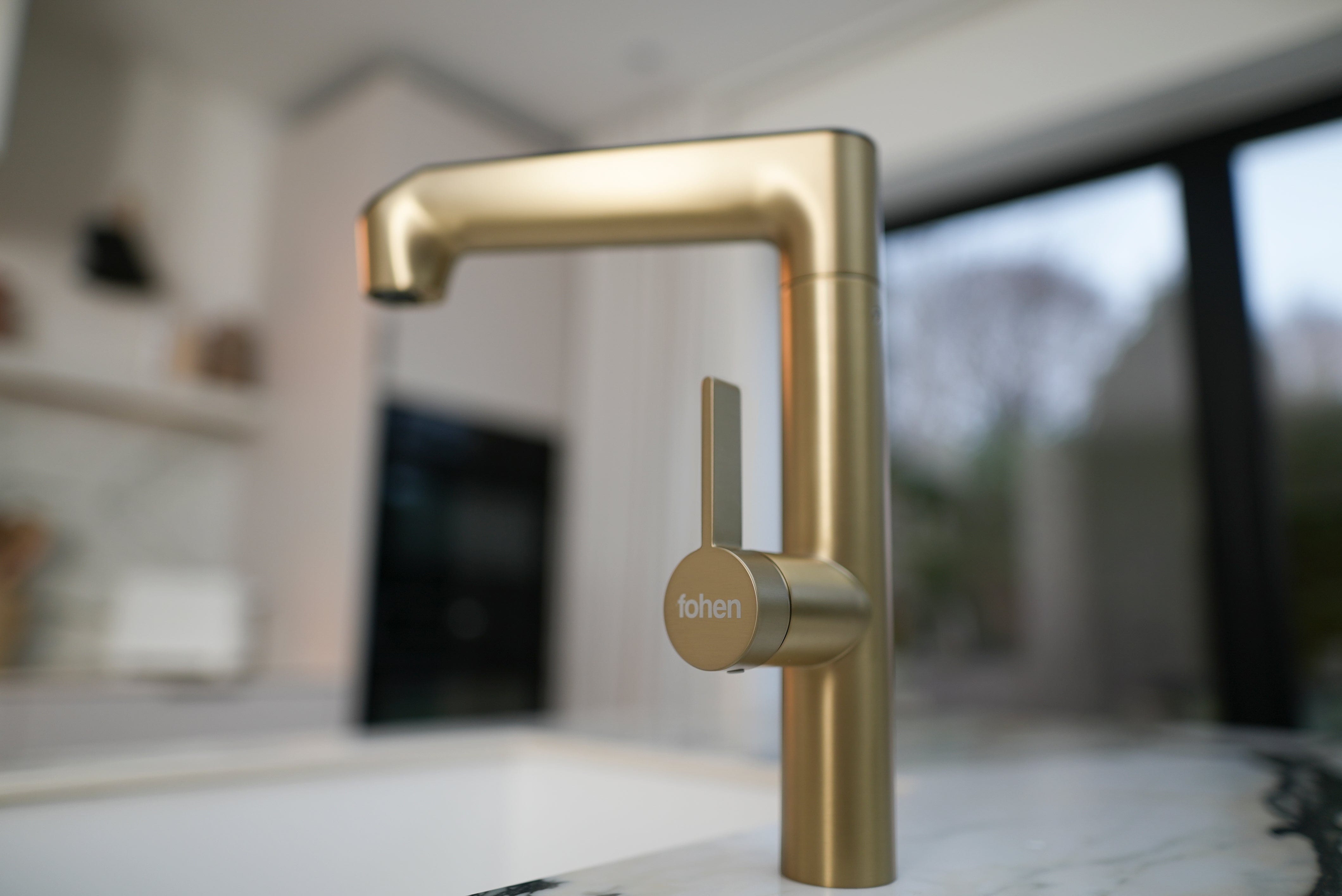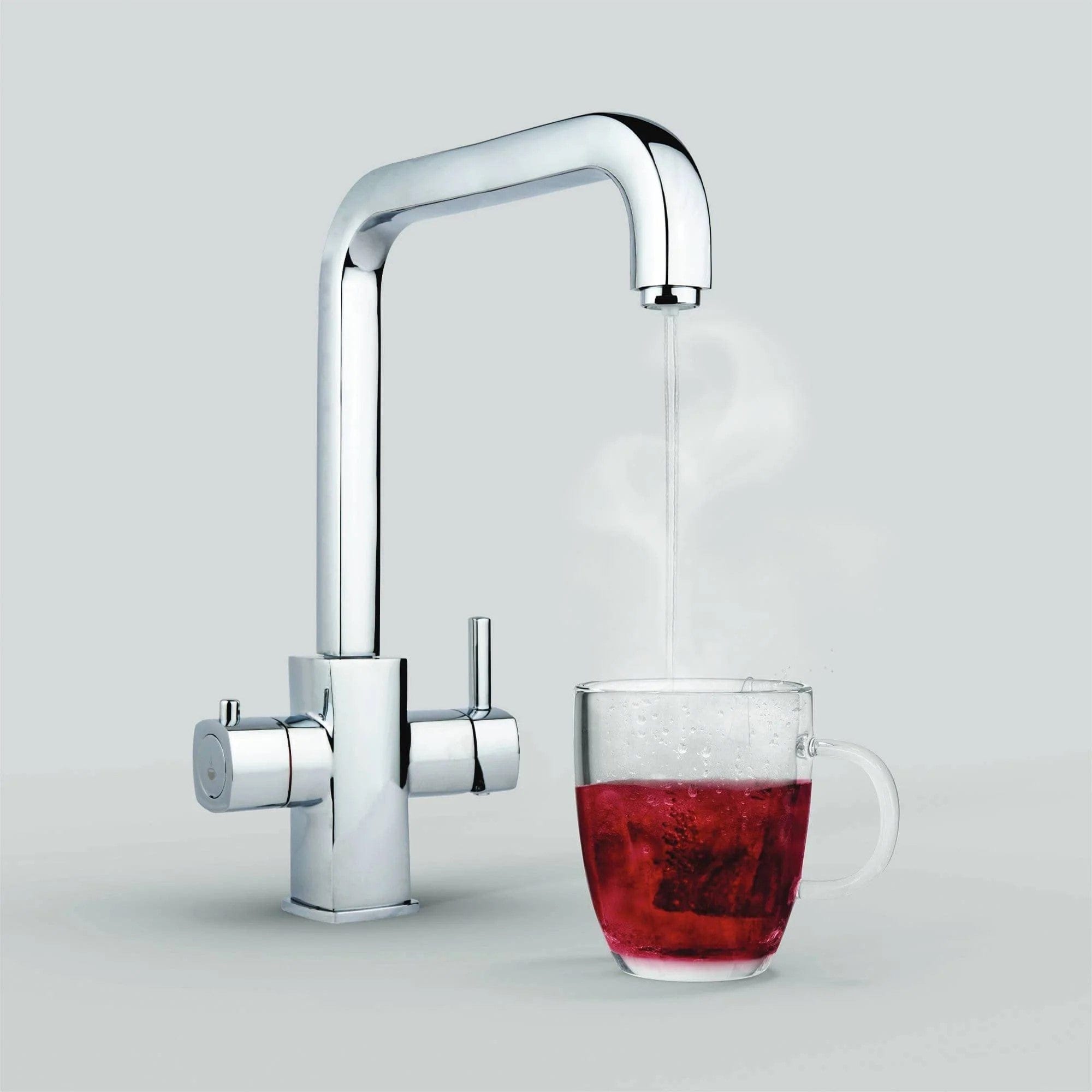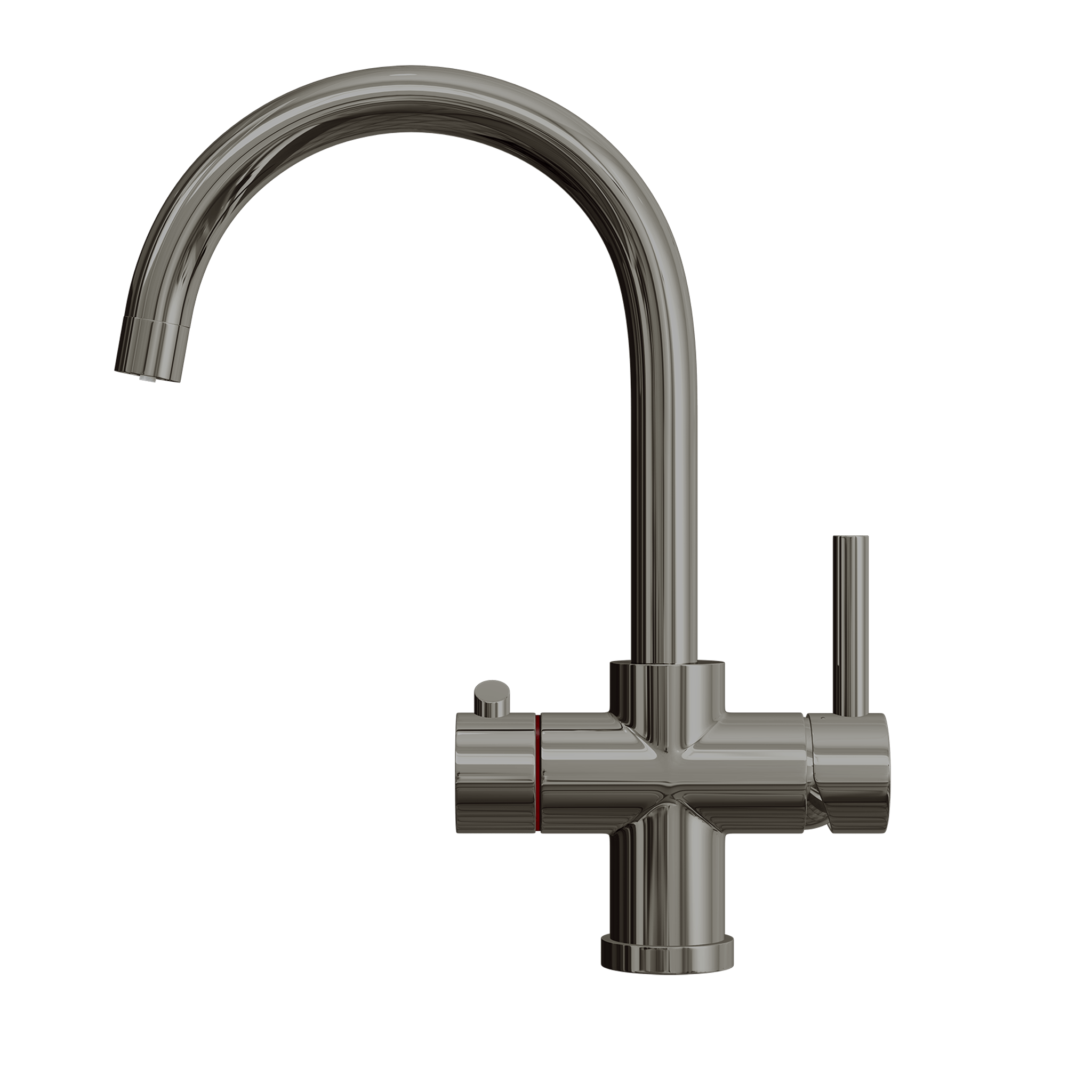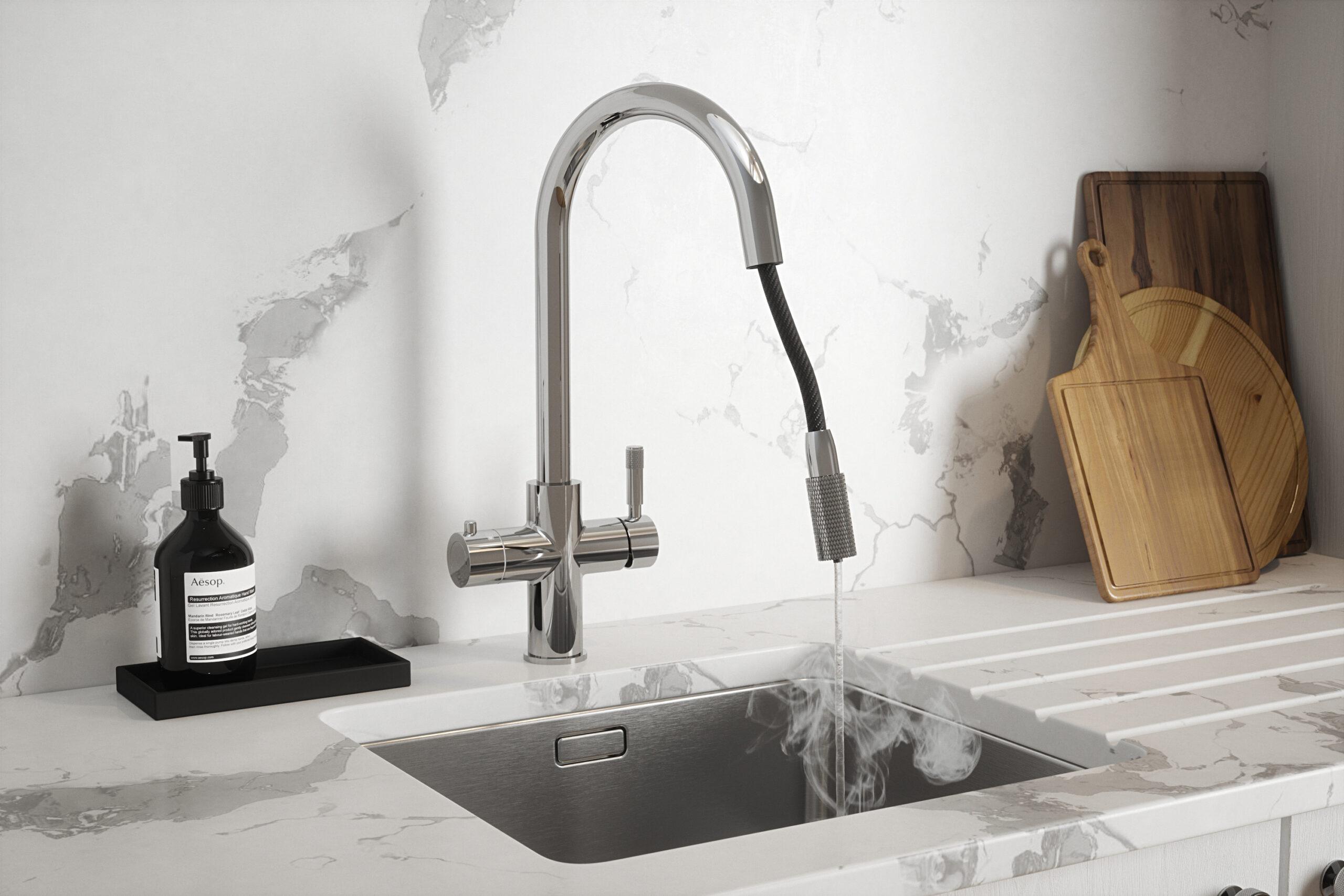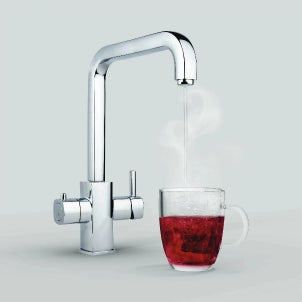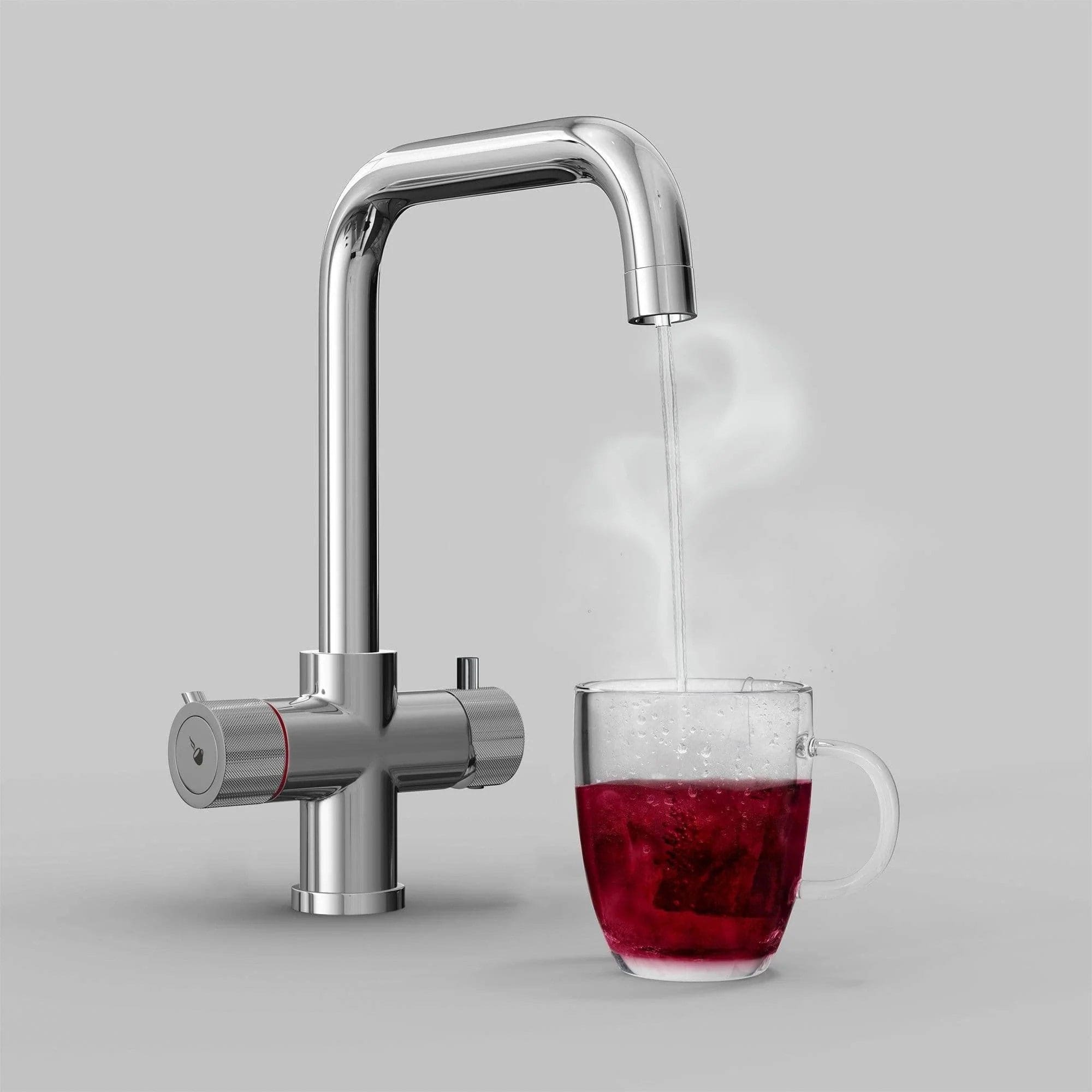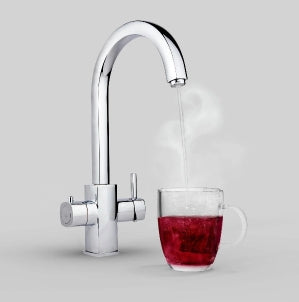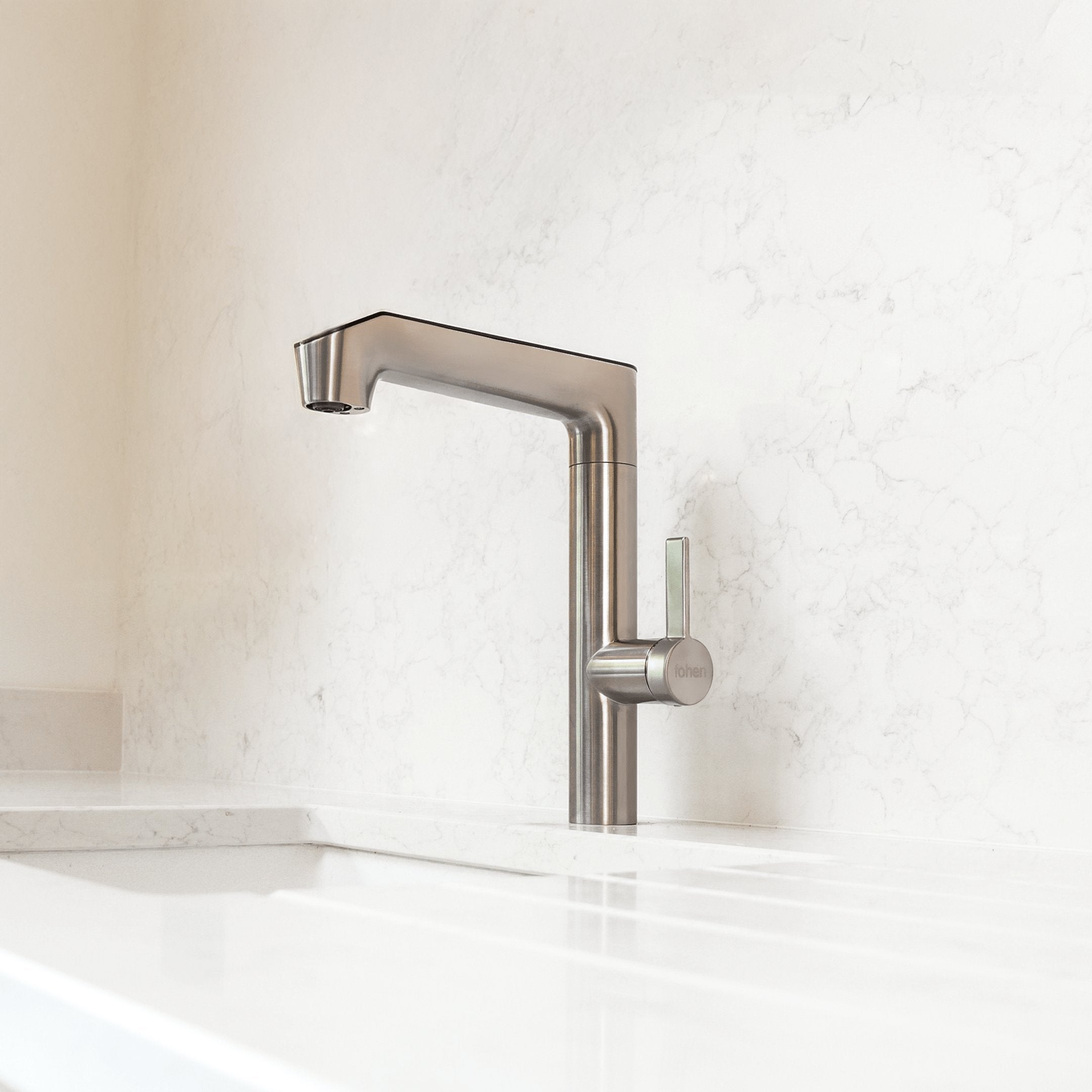With hot summers like the one we’ve experienced this year combined with the cost-of-living crisis, it makes sense to save water. Making small changes can make a big difference and will not only help to cut your water bills but will also save this precious resource at a time when many reservoir stocks remain low, despite the recent levels of rainfall.
So, what are the easiest ways to save water? We explore some easy tips to help you limit water consumption at home.
Top tips to save water in the home
It’s easy to save water at home. Just a few simple changes to your daily rituals and house chores can see the savings clock up and the bills go down. View our top tips to save water at home below.
Have showers instead of baths
Showering can save a lot of water compared to having a bath. The average full bath can use approximately 80 litres of water, whereas the average five minute shower should use nearly half that amount, just 45 litres.
Use a shower timer
A simple shower timer will help you to keep an eye on how long you use the shower. Use the alarm on your phone, have a suction flip hourglass timer attached to the wall or get a digital timer. Aim to spend no more than four minutes in the shower and you could save a considerable amount of water over the course of a year.
Check for leaks in your plumbing, taps and toilets
Small leaks that add up to a lot of water wastage over time can easily go unnoticed. Check for dripping taps, leaky loos, and leaking shower heads. These can usually be repaired by replacing seals but if you’re not sure, get the experts in.
Install a cistern displacement device in your toilet
Cistern displacement devices, also known as ‘save-a-flush bags’ are simply bags that you put into your toilet cistern. They contain non-toxic, eco-friendly potassium polyacrylamide crystals and a little sand to help weigh it down. The crystals absorb water making the bag expand and take up some of the volume inside the cistern. These bags can save around 1 litre of water per flush.
Install tap aerators
Installing tap aerators can save water without you even noticing it. They contain multiple small holes in the nozzle that separate the water out and mix air into the flow. As a result, you get a lovely soft flow of tap water that minimises splash back and reduces the amount of water usage.
Get a new shower head
Low flow and water saving shower heads can help to reduce water consumption. Suitable for traditional showers (not electric showers), they come in two versions; aerating and non-aerating.
Aerating shower heads work much like an aerating tap and mix the water with air resulting in an eco-friendly, gentle showering experience.
Non-aerating shower heads push water through multiple tiny holes which raises the pressure and limits the water flow. This saves water while providing a luxurious massaging effect.
Switch off the tap when you are brushing your teeth
This simple yet effective tip could save a lot! According to the Energy Saving Trust, turning the tap off when you brush your teeth can save around ten litres of water per minute.
Use the eco mode on your electric shower
Electric showers usually have an eco-setting that limits water consumption and electricity usage.
Fill up your dishwasher & washing machine - don’t put on half loads
When using the washing machine or dishwasher, try to avoid putting half loads on. Ensure these appliances are filled up to full capacity maximise on water efficiency.
If you are shopping around for a new appliance, then always check the energy efficiency label. Although the A*** to D energy ratings only refer to electrical energy efficiency, the labels will also include a section about water efficiency, so ensure you study these labels well for an informed purchasing decision.
Install a boiling water tap
Instant boiling water taps like the range from Fohen, can save you both water and electricity. This is because you only use exactly how much water you need, unlike kettles where you have to guess how much to boil. Furthermore, depending on the hardness of the water in your area, kettles can also get limescale build-up meaning you have to throw some water away, while instant boiling taps have special filters that remove limescale.
According to research by Fohen, a boiling water tap could also save you 3 pence per day in electricity on average compared to boiling a kettle throughout the day.
How to save water in the garden
Saving water in the garden is easier than you might think. Read on for some tips to help you reduce your water consumption while keeping a healthy-looking garden.
Save rainwater - Get a water butt
Installing water butts to the rainwater downpipes on your house, shed, garage and outbuildings is a great way to save water for use in the garden. Run-off water from roofs and gutters keeps the butts topped up in wet weather, giving you a free supply of water that will help to keep your garden looking healthy. You can even attach a hose to the butt for minimal effort watering.
Use mulch on your garden beds
According to Water Wise, using mulch in the garden can reduce evaporation from plant and flower beds by up to 75%. This means you won't have to water so often and it will also help to prevent weed growth, another bonus for green fingered gardeners!
Water the garden early in the morning or during the evening on hot days
Watering the garden in the middle of a hot day is not a good idea as the water will evaporate quickly meaning that your plants won’t benefit as much. The Royal Horticultural Society recommends that you water in the morning if you possibly can, as this will help plants to transpire in the sunlight. Watering later on in the evening is also OK as the temperatures will be cooler.
Use a watering can instead of a hose
A hose can use up to 5 times more than a watering can, so watering the garden with a can will save on your consumption. Using a watering can also allows you to be more precise so you can get to the roots where the plants need it most.
Avoid sprinklers
Sprinklers should be avoided whenever possible because they can use around 16 litres per minute. A top tip to keep your lawn looking healthy in warm weather is to cut it at a longer length and leave the trimmings on the ground to help prevent moisture evaporation.
It’s also worth remembering that it's ok to let an established lawn go brown in hot weather. As soon as the rain returns, it will become healthy and green once more, so don’t panic about watering your lawn on hot summer days.
Reuse water from household chores
Did you know that you can reuse water from household chores and activities such as washing up and bathing? Simply take it into the garden to water your plants. As long as it doesn’t contain harsh chemicals and not too much detergent, grey water is fine to use on the garden.
Try these tips at home and see how much you can save!
As you can see, some small changes in the way you use water can really make a big difference, which will save you money and reduce your overall consumption.
Why not set yourself a personal challenge to see how much water you can save at home? If you have a water meter you can monitor your progress compared to the previous month to see how well you’re doing.

